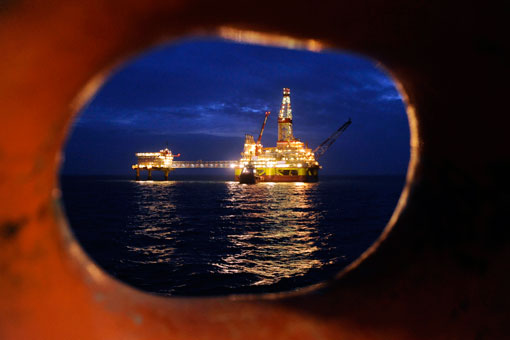Deep-sea drilling opens new possibilities
Further finds in deeper waters have seen an upturn in oil markets, that may fulfill a large amount of the supply restricted by Iran

The oil business is totally dependent on a steady stream of new discoveries to feed the ever-growing demand from a vast number of industrial uses, not to mention generating fuel for millions of vehicles on the roads and railways around the world. Oil companies are constantly on the look out for new discoveries.
Norwegian oil giant, Statoil, has made a recent discovery, which comes at a crucial time for the company, as previous years had seen a decline in oil production. Existing oil deposits were becoming increasingly difficult for oil extraction, so the discovery of a pair of major new oil deposits will undoubtedly return the company to previous high levels of production. On January 9, the company announced that it had made its second significant discovery within twelve months, located in the Barent Sea. The first discovery is the Skrugard Field, which is also located in the Barent Sea. Statoil increased its efforts to find new oil fields in the Barent Sea area after making this first discovery and the gamble paid off, to the extent that the field is expected to produce an estimated 600 million barrels of crude oil.
The Tupi field in Brazil is still undergoing development, although it was first discovered in 2006. Drillers in the area hope to continue increasing oil production to an estimated peak of 500,000 barrels a day by 2020. Currently, the Tupi field has fifteen new wells, mostly controlled by the chief operator in the area, Petrobas.
Production from the BP Liberty project is expected to commence shortly. This project is quite ambitious and involves drilling down for two miles to reach the rich oil deposits and then drilling a further eight miles, in a horizontal direction, to actually penetrate the oil deposit layer itself. This procedure will cost around $1bn altogether, however, the investment will be well worth it, as the oil deposit is estimated to contain around 100 million barrels. BP hopes to produce around 40 thousand barrels a day by 2013, shipping it directly to the mainland via the Trans Alaskan pipe network.













